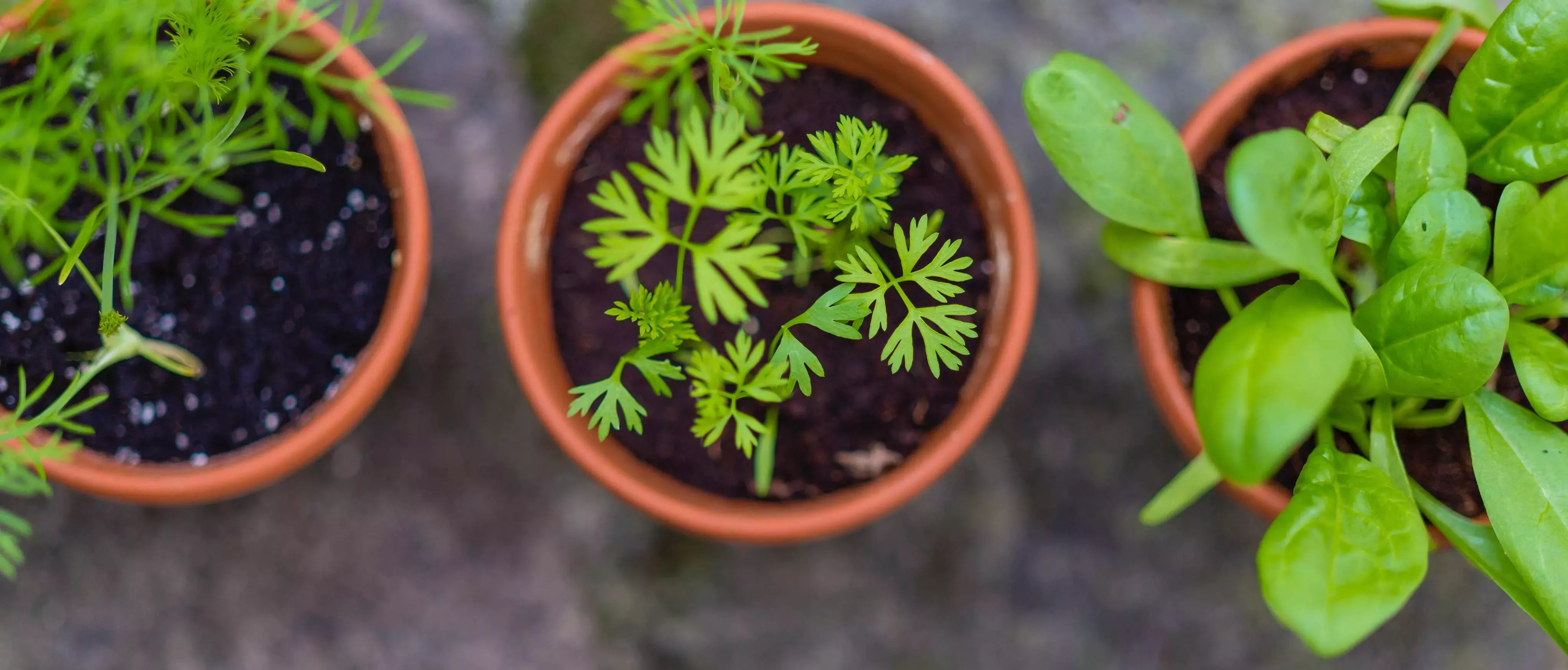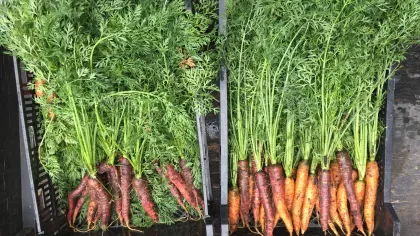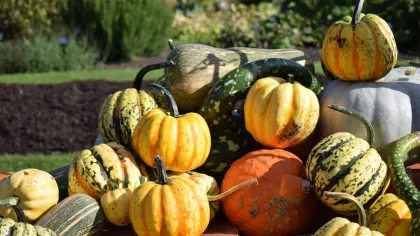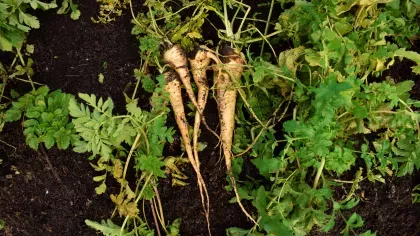15 November 2018
Hail to kale
Kale comes into its element as soon as the temperature drops. Botanical Horticulturalist Héléna Dove gives us the lowdown on this superstar winter veg.

A winter baby
Although kale can be grown all year round, it really comes into its own once the temperature drops. Thriving even in frost, it can withstand lows of -15°C so can be harvested right through the winter.
This leafy green belongs to the brassica family and is the leafier cousin of cabbage and swede.
Cultivated for its nutrient-rich green leaves, it's become known as a super-food as it contains high levels of Vitamins A, K and C.
But its popularity stretches well beyond recent times as it's been grown for food since at least 600BC. It was first cultivated from wild varieties by the Greeks and Romans, and later spread throughout Europe.
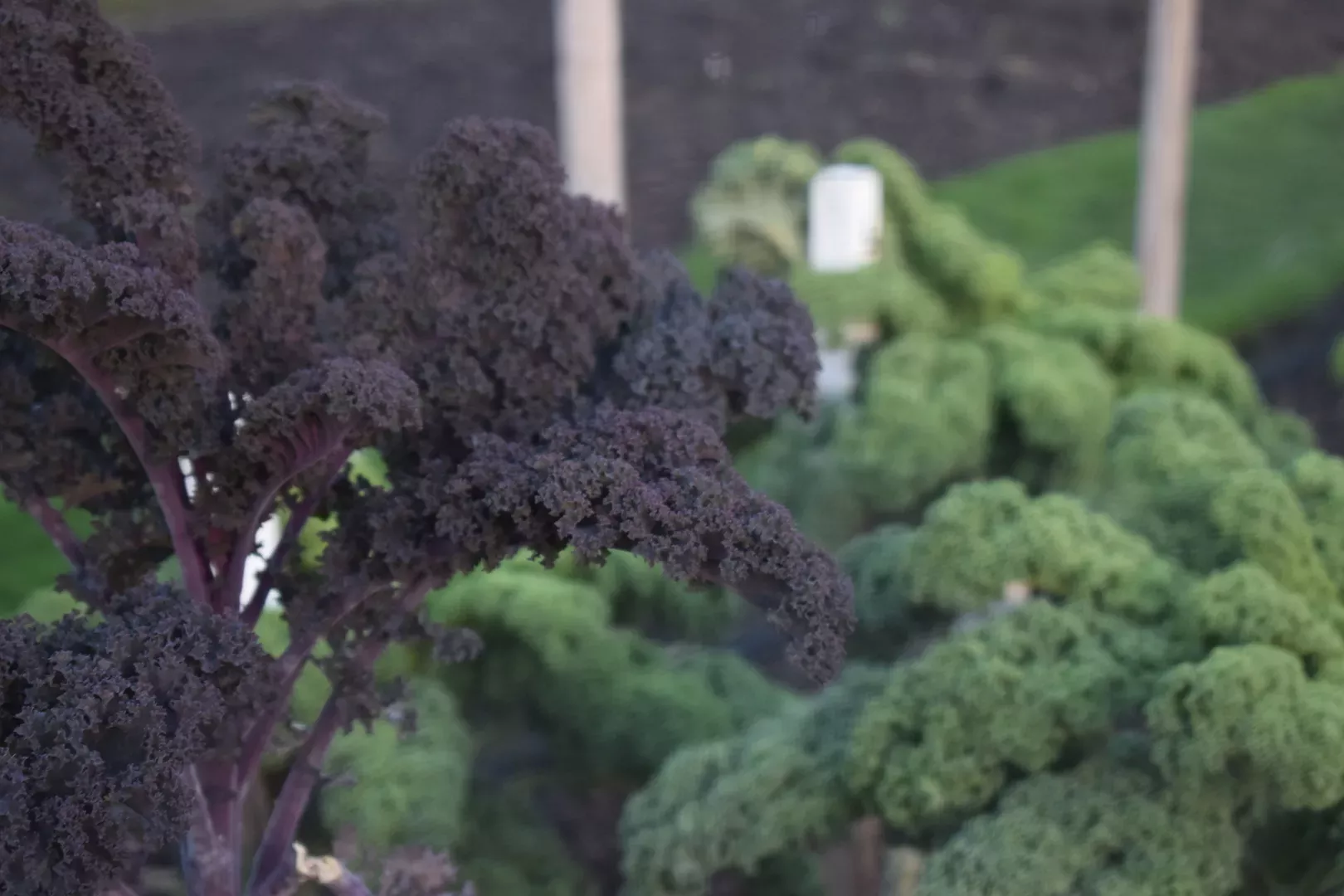
Kale is very easy to grow. It will thrive even in limited space on a balcony or windowsill. A variety of kale called 'dwarf curled' grows around 60cm but will produce masses of leaves for you to add to winter soups or stews.
The seeds can also be sown like rocket or spinach, and the baby leaves eaten in salads and smoothies.
The plants will tolerate high temperatures as proven this summer when we experienced 36°C in the Kitchen Garden, but droughts will affect the taste of the leaves and make them more bitter.
Pigeons love kale, so in the Kitchen Garden we grow kale under our netted cage for protection.
Apart from protection from pigeons, kale will occasionally suffer from aphids and white fly. I use a horticultural soap and remove them by hand, but you can also simply remove the infected leaves.

Experimentation – red kale and giant kale
In the Kitchen Garden this year, I've experimented with some different varieties.
I grew a variety called 'reflex', which has dark green curly leaves, and also 'scarlet' which has beautiful dark red leaves and adds a lovely colour to winter dishes.
I also experimented with 'east fresian palm kale' which has grown into a giant. It's a very hardy heritage kale with delicious curled leaves, originating in North Germany. It has grown to nearly 2 meters high!
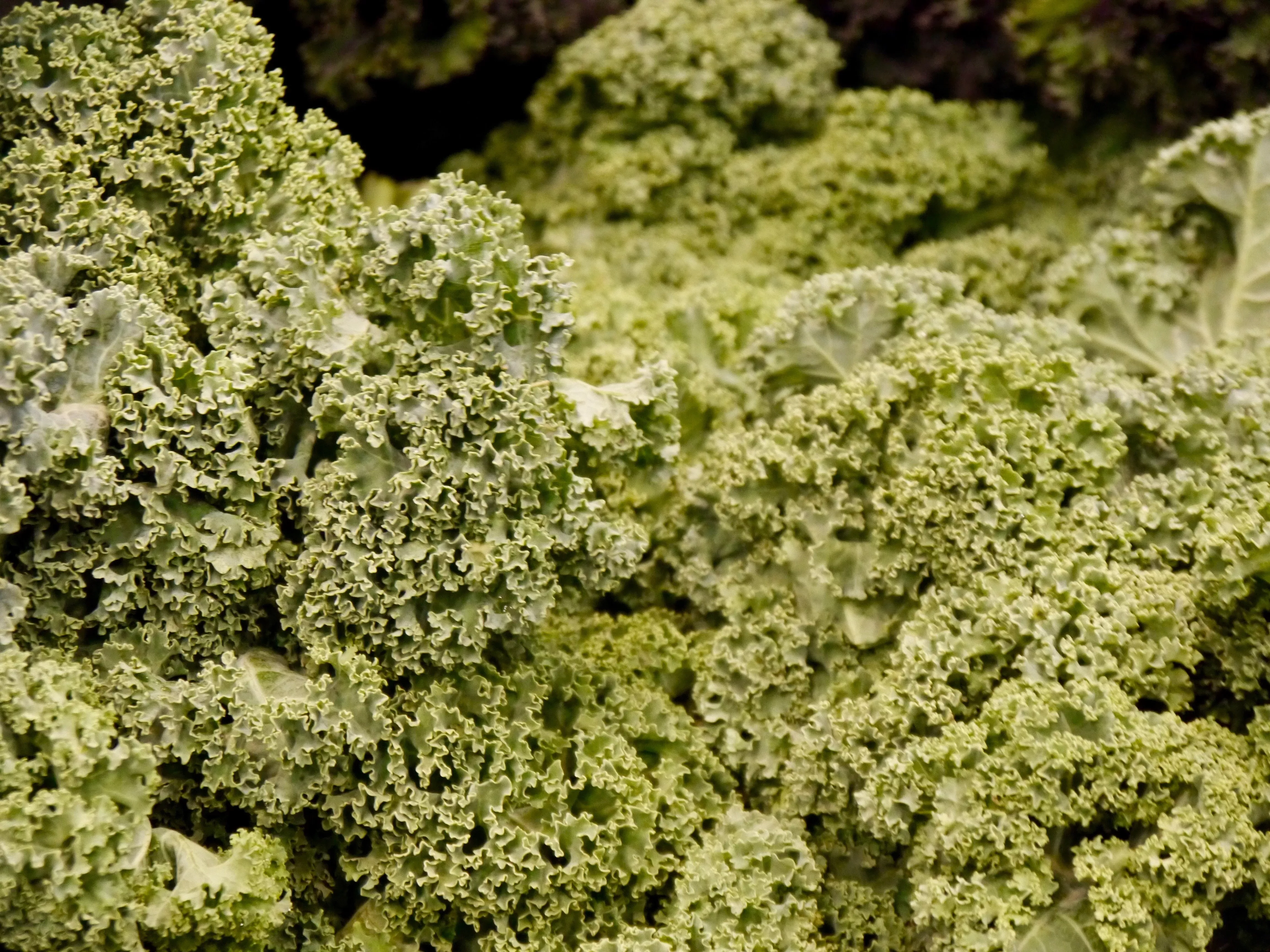
Kale Fact
- One cup of chopped kale has more Vitamin C than an orange.
- Its cultivation in the UK was encouraged during World War ll because it provided vital nutrients and was needed to supplement rationing.
- Frost gives kale a sweeter taste. Kale reacts to cold conditions by producing sugars, which makes the leaves sweeter.
